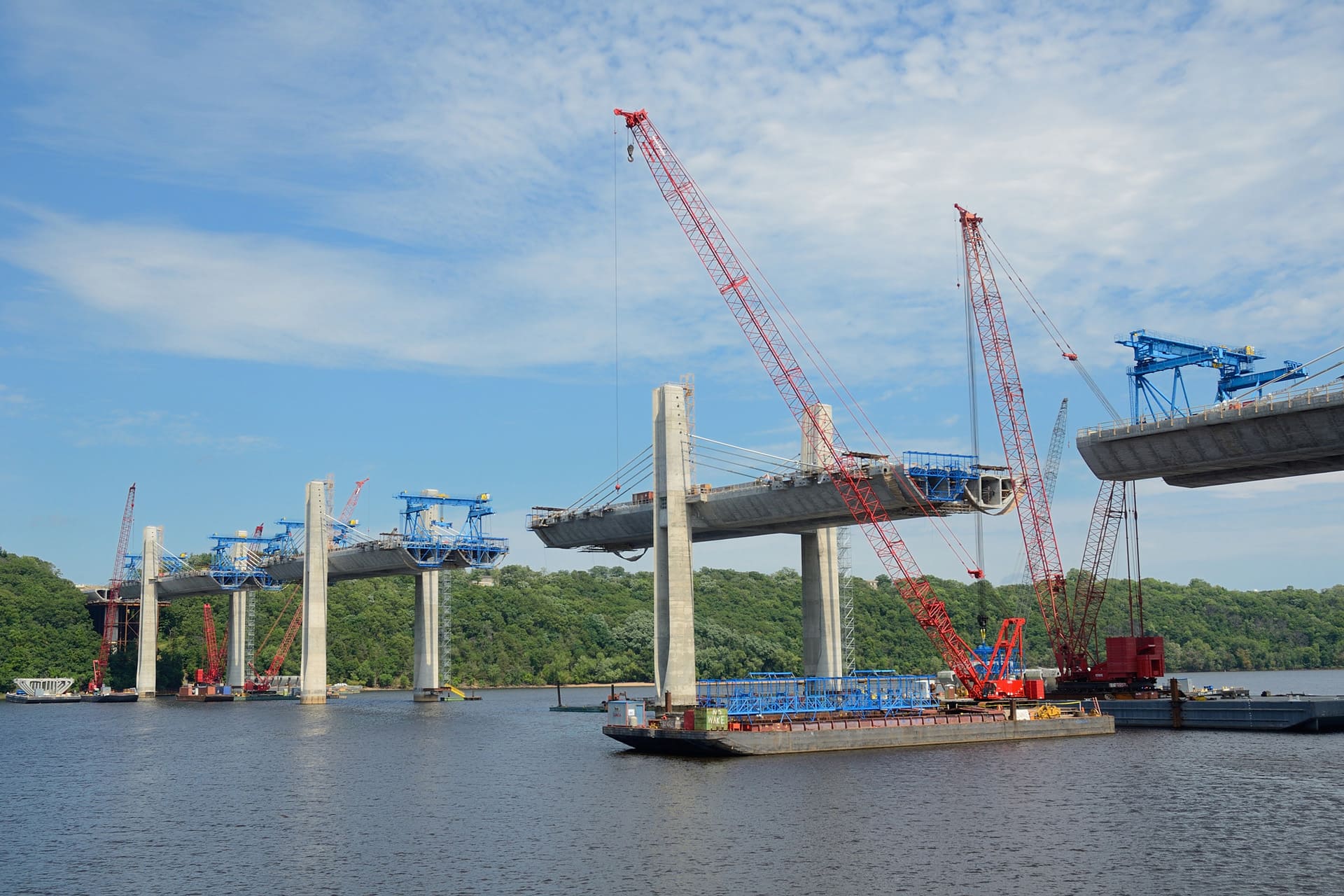Resiliency planning and infrastructure management are growing issues not only in environmental law, but also more generally in the normal affairs of communities and businesses. For example, resiliency planning – once relegated to climate-change discussions – recently has appeared in guidance documents from USEPA and the US Army Corps of Engineers, and may be a consideration in bonding projects and corporate filings. Executives who have to contend with these considerations are not just municipal and corporate leaders, but anyone with authority over personnel and building resources.
ASTM, the well-known international standards organization that develops and publishes voluntary technical standards for a wide range of materials, products, systems, and services, has begun a new standard on Asset Management (WK63540). The goal is to create a set of standards and metrics that can help guide communities and organizations as they develop long-term infrastructure plans and explore financing options to fund those plans. Because adopted ASTM standards frequently serve as either a benchmark adopted by governing agencies, accepted industry standards, or safe harbor in other arenas, it’s likely that a final Asset Management standard from these efforts could have a wide reach.
Specifically, the working group on this Asset Management standard expects to address a broad cross-section of issues that impact the health of communities, including potable water supplies, food systems, sewage and storm water systems, healthcare, power generation and transmission, communication, transportation and travel, financial systems, nature, and cultural heritage. The resulting work product will likely be scalable, whether an organization has responsibility for just one or all fifteen types of infrastructure services proposed for consideration.
By establishing benchmarks, the proposed guide aims to support capital expenditures and operating plans to aid in the continuous improvement of the services considered (including disaster prevention). Additionally, the new guide will likely tackle transparency and accountability standards related to public engagement for the management of infrastructure.
While “resiliency planning” can be a politically charged topic set against the backdrop of climate change, taking the broader and seemingly transparent view proposed by the ASTM’s work group may help destigmatize some concerns, assisting in the management of public assets in light of whatever challenges a community or organization faces.












